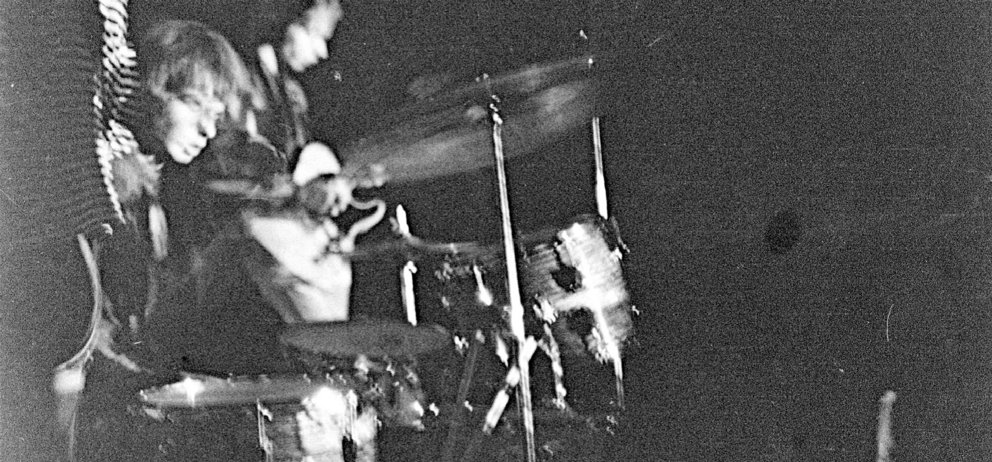The Zodiak Free Arts Lab was a space for experimentation with open results. Its participants strove to transcend traditions and create conditions for the unknown. In this essay, Patrick Hohlweck situates the Zodiak temporally, spatially, as well as musically, suggesting that it should be understood less as a venue of a specifically Berlin or German counterculture, and more as part of a transnational network of cross-genre projects.
In his 1937 lecture “Future of Music,” John Cage called for the establishment of centres of experimental music. These, he envisioned, would make “new materials, oscillators, turntables, generators, means for amplifying small sounds, film phonographs, etc., available for use. Composers at work using twentieth-century means for making music. Performances of results. Organization of sound for extra-musical purposes (theatre, dance, radio, film).” Thirty years later, when the Zodiak Free Arts Lab took up a similar impulse in the premises on Hallesches Ufer, the time was particularly ripe for experiments of this kind. The avant-garde propositions of minimal music, musique concrète and early electronic music, as well as the onset of happenings and Fluxus at the end of the 1960s, coincided with a political imagination that was often at odds with such artistic experiments, but nonetheless had a similar interest in discontinuity and innovation. Particularly so in West Germany: the recent rupture in civilization of the Holocaust and the continuities of personnel in practically all areas of the disciplinary apparatus of the Nazi successor state made radical anti-traditionalist approaches particularly attractive, and not only for the protagonists of what would later be termed “krautrock.”
For a long time, Anglo-American beat music and blues – tools of re-education in their own right – were a means of emancipation from the rigidity of post-war West Germany, and not just among the Zodiak protagonists. But by the end of the sixties, more than anything else, they seemed to represent a form of cultural imperialism. Even jazz, in its now established form, had – according to label impresario Rolf-Ulrich Kaiser – long since been “integrated into the consumption process of bourgeois art administrators,” and thus needed to be overcome. Although “Neue Musik”, Anglo-American pop music, and jazz likely were the most important musical influences on what would become “krautrock,” this says little or nothing about the sound happenings that took place at Zodiak. The few documents that have survived – fragments of performances by Human Being and Guru Guru in Dietmar Buchmann’s and Rainer Boldt’s short film “Zodiak” (1969), as well as Human Being’s album “Live at the Zodiak”, which wasn't released until 2009 – leave no doubt that what happened here did not neatly line up with any of these musical influences. Rather, Zodiak was a site of genuine experiments, a centre for experimental music in Cage’s sense: “experimental” as the description of an action that cannot fail or succeed, but whose results are unknown.
From a contemporary point of view, it is precisely this namelessness of the events and the unpredictability of the performances at the Zodiak – “rehearsals in front of an audience,” as Klaus Schulze described them – that escaped designation: In an ad in the British “Melody Maker” in late December 1968, Tangerine Dream founder Edgar Froese was still looking for “(long haired)” comrades-in-arms, “to re-form one of the best German experimental blues groups.” Tangerine Dream’s 1970 debut “Electronic Meditation” has nothing to do with blues; rather, Froese’s makeshift use of language reveals the uncertainty of his movement on an as yet unmarked musical terrain. The protagonists begin with traditional forms in order to transgress them: whether it’s the qualification of blues as “experimental,” the organisational form of a band, which was often transgressed at Zodiak by the inclusion of the audience, or the instrumentation typical of rock or jazz, disrupted by the misuse of instruments or the use of non-musical objects.
